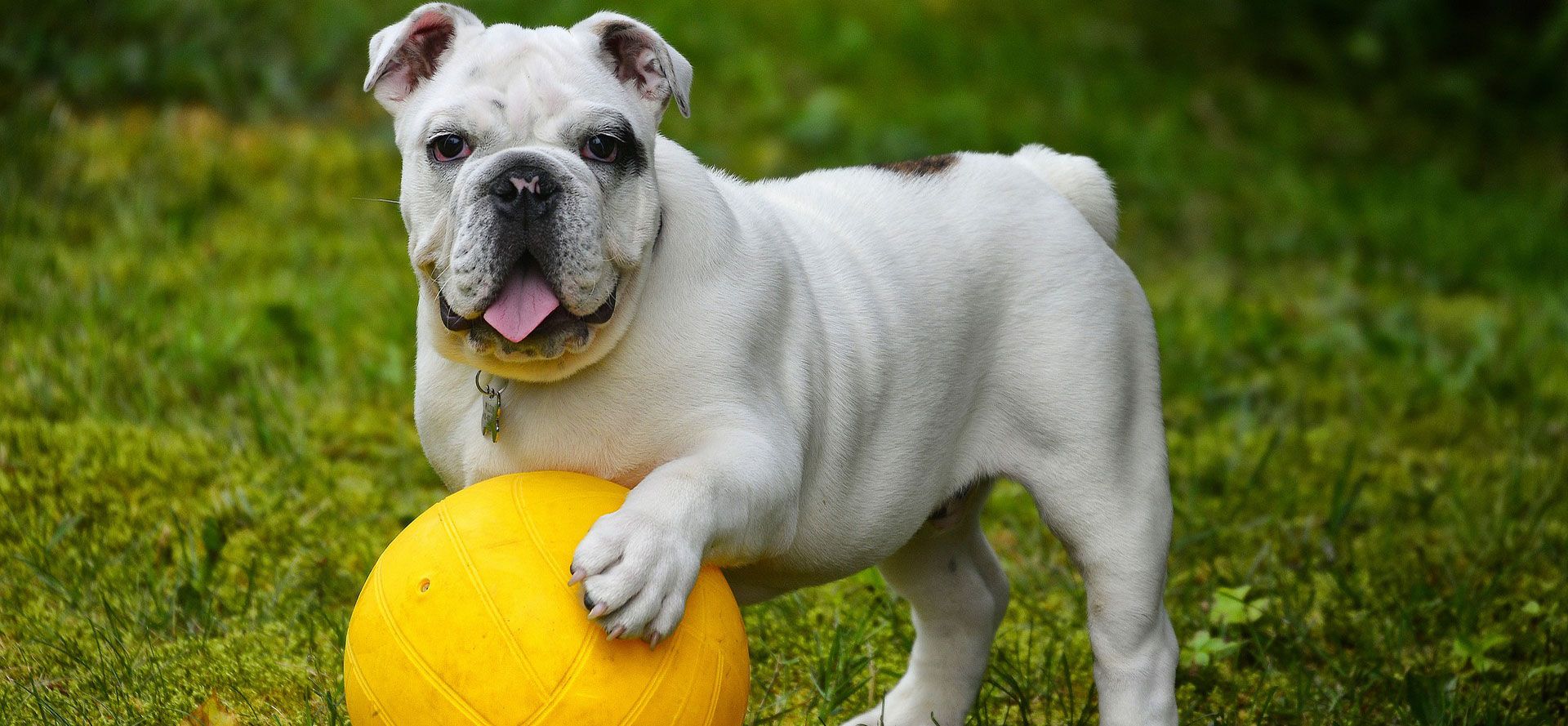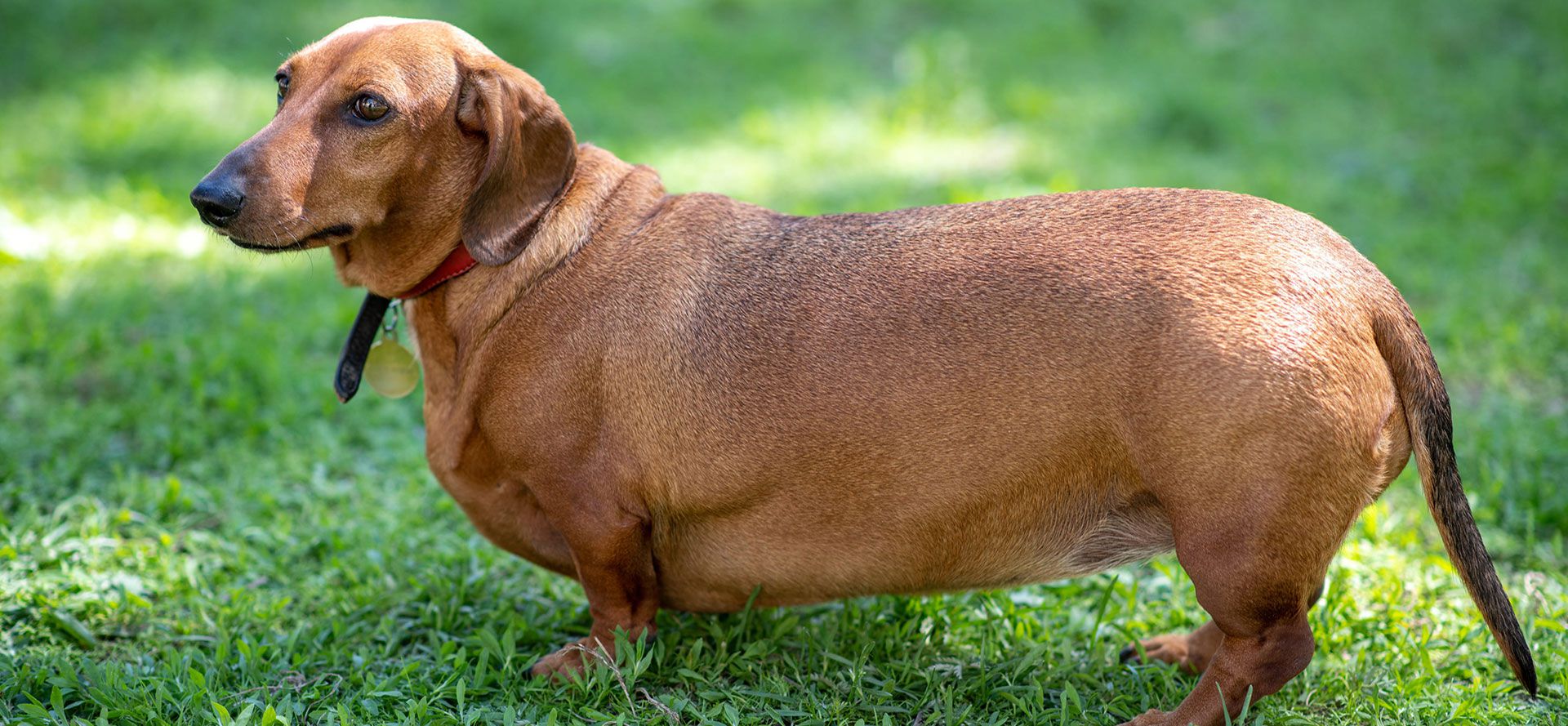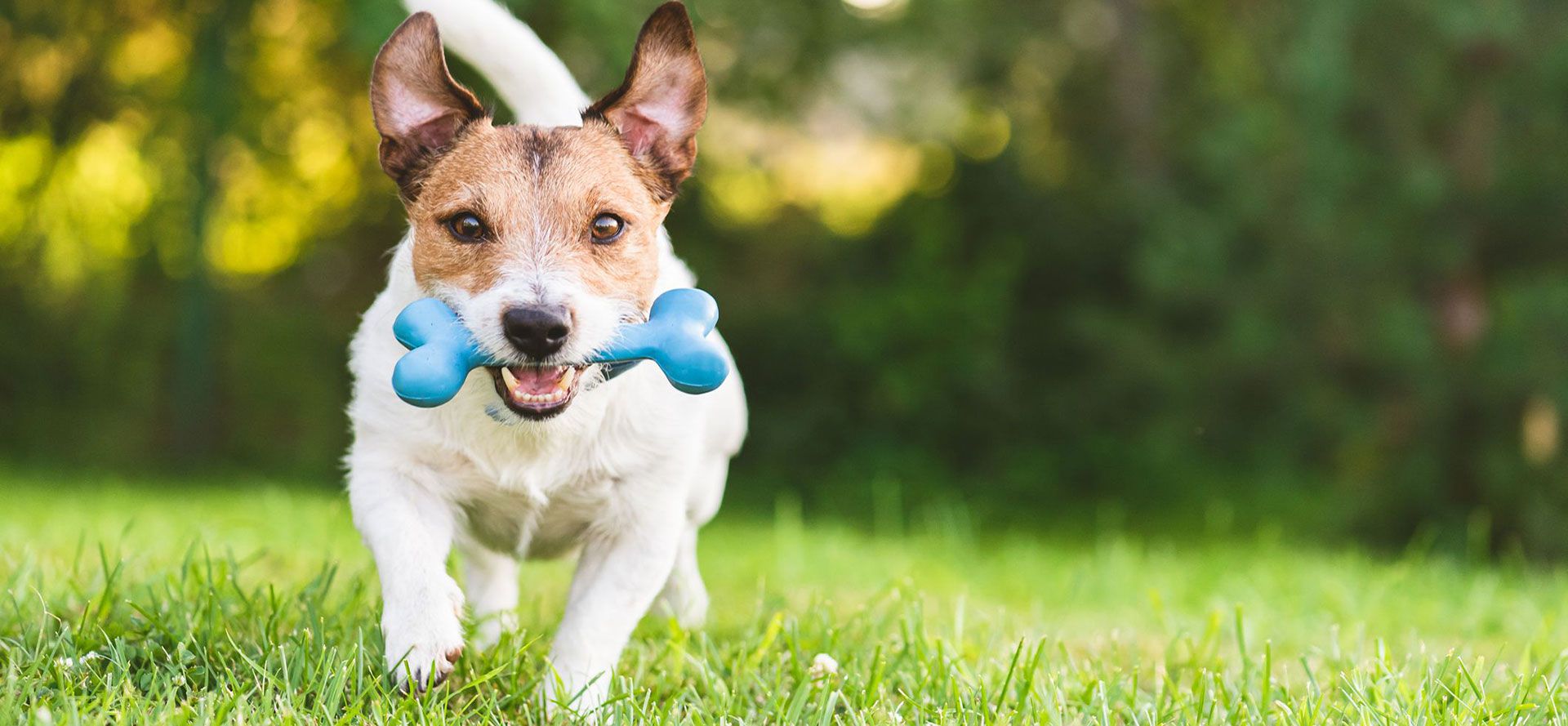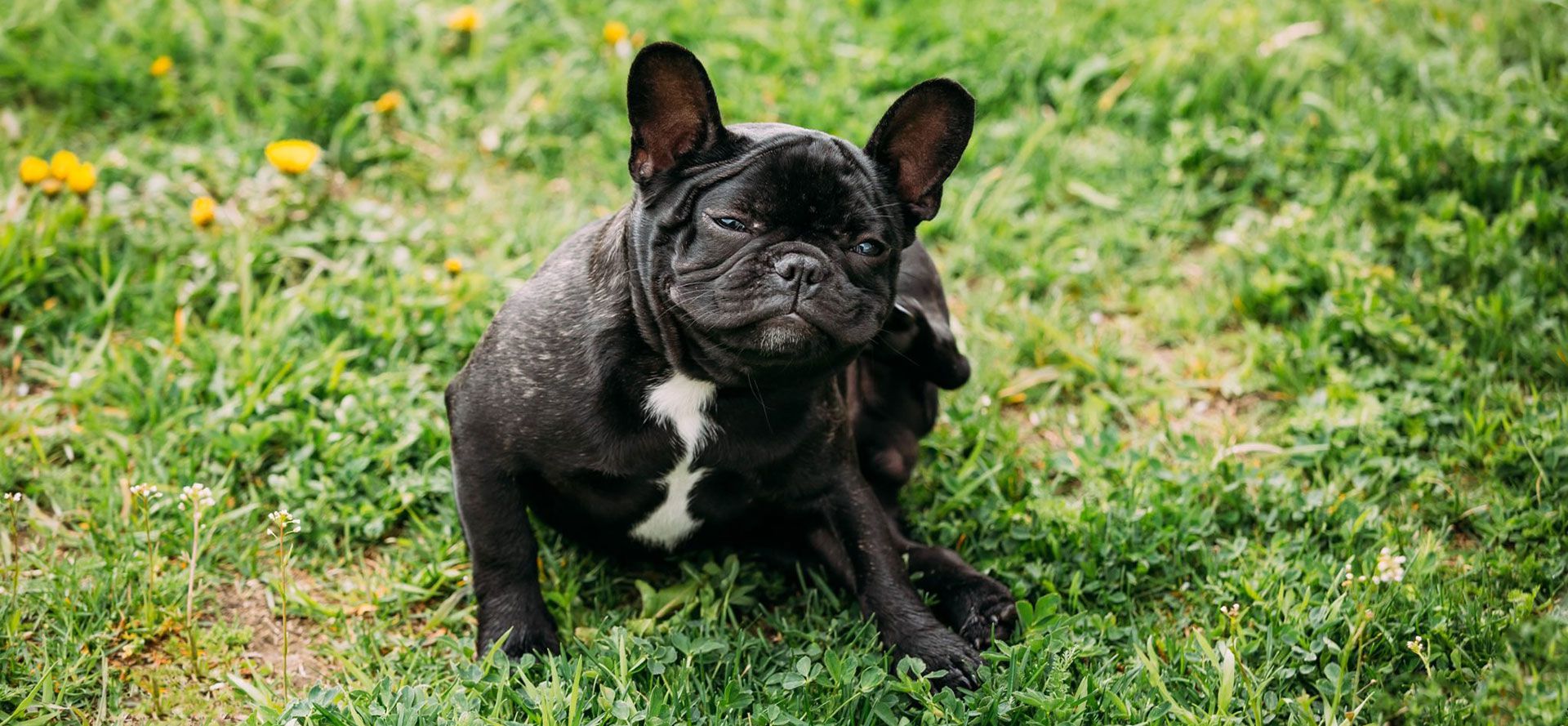Dog Weight

Keeping a dog’s weight is an important thing for most pet owners, and it can be difficult to manage. Even those of us who aren’t especially concerned with our physical health want to give our dogs the longest, healthiest lives possible, and this means making sure that they are at a healthy weight. In this guide, we’ll give you all the tools you need to understand what a healthy dog weight is and how to help your dog achieve it.
What is a Healthy Weight for a Dog?
The ideal dog weight depends on the breed and size of the dog (height, length, etc). Their lifestyle also comes into play somewhat, but it is less of a factor than it is for humans. Humans can be healthy when they are very light or very heavy, relative to their height, depending on their body composition. Dogs do not exercise for exercise’s sake, and most healthy dogs have similar lifestyles that will lead to similar body compositions. One exception to this would be some types of working dogs, which may develop a specific body composition based on their job activities.
Overweight Dogs
Overweight and obesity are the most common preventable diseases in dogs. More than 50% of dogs weigh more than they should, which puts them at risk for other health complications and shortens their lifespan. It’s critical that we not allow our pets to become or remain overweight, but many pet owners don’t know what exactly that means or how to do it. If you suspect that your dog’s weight is higher than it should be, read on to learn about overweight dogs and how to improve their health.

How to Tell if a Dog is Overweight
There are several ways to gauge whether your dog is overweight. The first, and often the simplest, is to visually assess them. Overweight dogs have no visible waist, and the shape of their body, when viewed from above, may be straight or even convex, indicating that they carry a lot of extra weight; a healthy dog weight will not produce this shape. Dogs with long or curly hair may be difficult to assess visually, so you can also check their weight by putting your hands on their ribcage. If you are barely able to feel their ribs under the layer of fat around their chest, or if you can’t feel their ribs at all, then they are overweight.
Causes of Obesity in Dogs
Dogs, just like humans, become overweight when they consume more calories than they use. But since dogs don’t control their food intake in the same way we do, how does this happen? There are many potential answers, but the most common are:
- Larger meals
- Too many treats
- Sedentary lifestyle
One possible cause of obesity in dogs is an incorrect food portion being fed to them. If an owner feeds the dog too much with every meal, then they will naturally gain weight and become obese, as long as they are interested in the food. Another cause is excessive snacking, either because they are given too many treats during training, because they are given large or frequent treats without their meals being reduced, or because the owner shares food from their own plate, again without reducing the dog’s meals. Finally, dogs may become overweight as their activity level decreases, such as with age, but their food intake remains the same.
Helping Dog to Lose Weight
If your dog is overweight, the best thing you can do to help them reach a healthy dog weight is to identify the cause and be strict about correcting it. For example, you shouldn’t feel guilty about giving your dog fewer treats — it isn’t a punishment, and they won’t hold it against you, but it will help them to be healthier. You can also improve your dog’s health as well as your own by being more active with them, such as by taking long walks or spending more time throughout the day playing with them.

Underweight Dogs
Although underweight is not as prevalent in dogs as overweight, it is just as serious of a problem when it does occur. Being underweight or malnourished also puts dogs at risk for health problems that they would not be likely to experience at a healthy weight, and it may also affect their energy and quality of life.
How to Tell if a Dog is Underweight
There are two main ways to tell if a dog is underweight:
- Visual assessment
- Manual assessment
To visually assess whether your dog is underweight, look at them from the side and then from above. If you can see their ribs easily, and if their waist is significantly narrower than their ribcage, then they are likely underweight. Keep in mind that some breeds, like greyhounds, may have visible ribs even at a healthy weight. Dogs with long or curly hair may be hard to assess visually, requiring you to manually assess them instead. Place your hands on their ribcage and determine how much fat is between the skin and the bones. If you feel the ribs very easily, with only a thin layer of fat or no fat on top of them, then the dog is likely underweight.
Causes Of Underweight in Dogs
Dogs become underweight when they do not consume as many calories as they need to attain a healthy weight. This is common in neglected dogs, so a newly adopted rescue may be underweight due to their previous situation. In this case, they should put weight on easily in their new, healthier home. Some dogs also have medical conditions which cause them to either metabolize food quickly and not keep weight on easily or to have a poor appetite, which results in underweight. Finally, a dog that becomes more active but is not fed additional food to compensate for their additional burned calories may lose weight and become underweight.

Helping Underweight Dogs Gain Weight
The best way to help an underweight dog gain weight depends on the causes for their issues. A picky dog or a dog with a poor appetite can often only be helped if a food that they really enjoy eating is introduced, so you may have to shop around to find an appetizing food if this is the situation you are in. And of course, the dog may simply not be getting enough food, either because their activity level is higher than estimated or because the average food recommendation for their size is insufficient for their individual body. Increasing food intake is the first step for dogs who eat well but are underweight.
Conclusion
Both overweight and underweight dogs are at a higher risk for health problems and impacts on their lifestyle than dogs of a healthy weight, so it’s important to address these issues as soon as you notice them. You may have to work with your dog a bit to figure out the best adjustments for their diet and lifestyle, but it will be well worth it when you succeed and see your furry friend happier and healthier than ever. If you are looking for a new food to help your dog gain weight, lose weight, or increase their appetite, check out our product reviews to find the best-loved ones on the market.
FAQ
How do you help a dog lose weight?
You can help your dog lose weight by reducing their food intake. You may do this by reducing the size of their meals, limiting their treats, or even increasing their activity level so that they burn more calories. No matter what you decide, it’s important to be strict and consistent with it. Feeding your dog an extra treat “just once” may not seem like a big deal, but if you consider it acceptable to feed them extra on a regular basis, they will never lose the weight.
How do you make a dog gain weight?
You can help your dog gain weight by increasing their food intake. Some pet owners choose to do this by feeding their dog an extra meal when trying to help them gain weight, so that they aren’t eating too much at once and they can absorb the nutrients more efficiently.
What is the best dog food for weight loss?
Sometimes, the easiest way to reduce your dog’s caloric intake to make them lose weight is to switch to a low-calorie food. These foods have fewer calories per volume, so that your dog can feel like they are eating the same size meals as before, but they are getting a more reasonable number of calories. Check out our reviews if you’re looking for a good weight loss food for your dog.
What do you feed a dog for weight gain?
You can feed a dog anything they like to help them gain weight. As long as they find it appetizing enough to eat it all, it can help them gain weight. There are some foods that are specifically formulated to help dogs with medical issues gain weight, such as by containing a greater quantity of healthy fats than the average dog food. Check our reviews to see our favorite weight gain dog foods on the market.
Tags: pet grooming supplies, quiet cat water fountain, locking dog door, toys for bored dogs, can cats eat butter, large dog pajamas, best ingredients for raw dog food, dog training collar with remote, cat rolling backpack, can dogs eat nectarines



